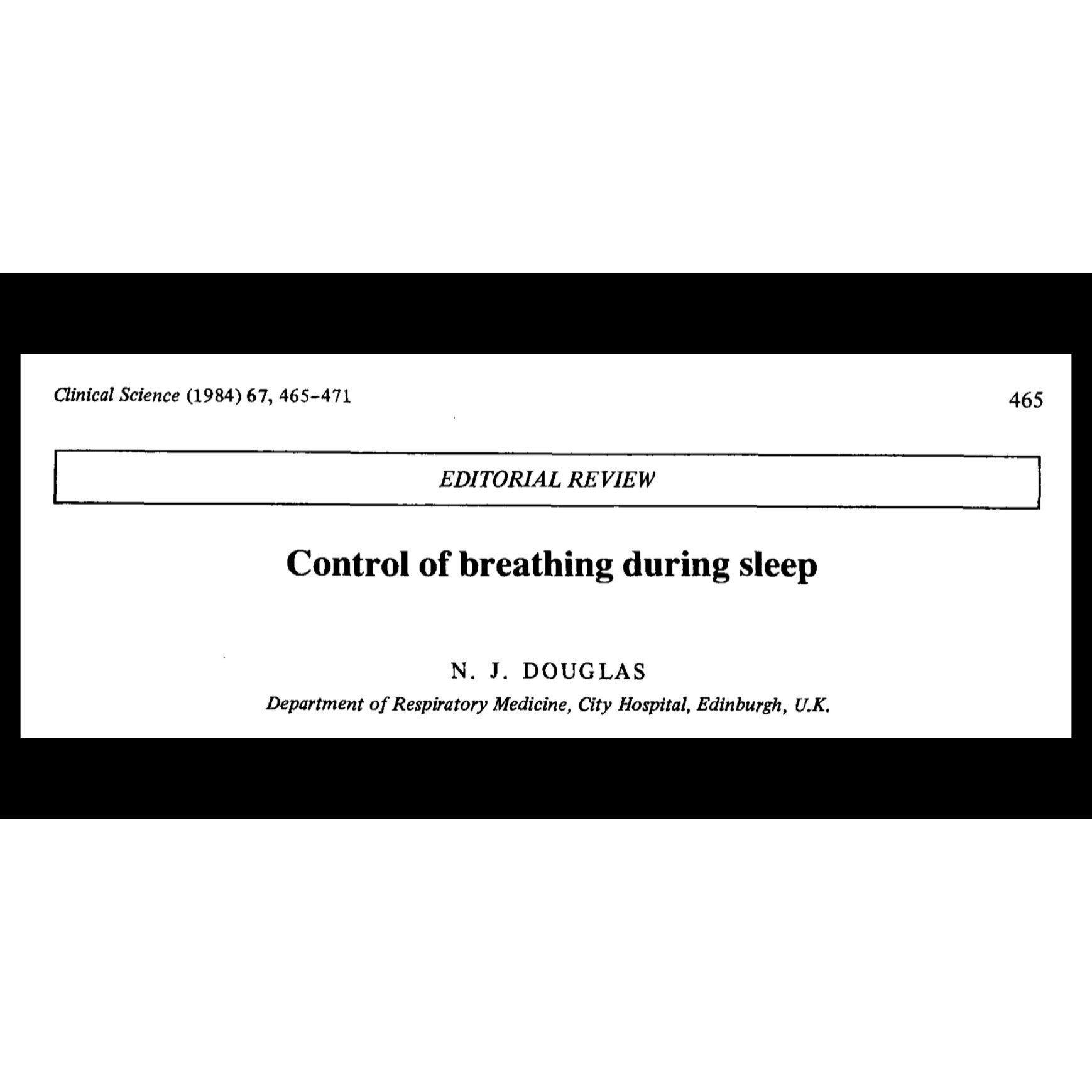Key Points
Breathing volume decreases between 6% and 16% during sleep
Breathing is shallow and irregular during sleep
We experience relative hypoxia and hypercapnia during sleep
The Breathing Diabetic Summary
To understand sleep-related breathing disorders, we first have to understand normal breathing during sleep. That was the goal of this study.
Experiments were conducted with 19 subjects (8 males, 11 females) that had no history of sleep complaints. Additionally, they were all nocturnal sleepers. The researchers studied them between 10 PM and 7 AM. They studied one subject on 3 nights, 9 subjects on 2 nights, and 9 subjects on 1 night.
Baseline measurements were obtained while the patients were lying in bed either before falling asleep or after waking up (using EEG-confirmed wakefulness). Theses recordings were subsequently averaged to produce the “awake” value.
For measurements of breathing during different sleep stages, the subjects had to stay in that sleep stage continuously for at least 2 minutes. Additionally, there could not be any detectable leaks within the breathing mask they were wearing.
Comparison of the awake versus sleeping parameters revealed that breathing volume reduced significantly during sleep. For non-REM sleep, breathing volume decreased between 6% and 8%. During REM sleep, ventilation reduced by ~16%. Interestingly, the breathing rates of these subjects were slightly faster during sleep than while awake, suggesting that breathing becomes shallower during sleep.
Because the participants were breathing less, they became significantly more hypoxic (low O2) and hypercapnic (high CO2) while asleep compared to while awake.
The researchers used this information, along with assumptions regarding lung dead space and dead space due to the breathing mask, to estimate the change in gas exchange occurring in the lungs. These calculations revealed a reduction in gas exchange between 19% and 39% during sleep, helping explain why the participants experienced hypoxia and hypercapnia.
Lastly, during non-REM sleep, breathing rates were somewhat regular (although a few patients still showed irregular rates during non-REM). In REM sleep, all participants exhibited shallow and irregular breathing patterns.
Overall, these results show that breathing volume is reduced during all stages of sleep. The greatest reductions occur during REM sleep, which is also when breathing rate is the most irregular and unstable. The reduction in breathing leads to relative hypoxia and hypercapnia. Interestingly, these breathing patterns are normal and are part of the natural physiological changes our bodies makes during sleep.
Abstract
Respiratory volumes and timing have been measured in 19 healthy adults during wakefulness and sleep. Minute ventilation was significantly less (p less than 0.05) in all stages of sleep than when the subject was awake (7.66 +/- 0.34(SEM) 1/min), the level in rapid-eye-movement (REM) sleep (6.46 +/- 0.29 1/min) being significantly lower than in non-REM sleep (7.18 +/- 0.39 1/min). The breathing pattern during all stages of sleep was significantly more rapid and shallow than during wakefulness, tidal volume in REM sleep being reduced to 73% of the level during wakefulness. Mean inspiratory flow rate (VT/Ti), an index of inspiratory drive, was significantly lower in REM sleep than during wakefulness or non-REM sleep. Thus ventilation falls during sleep, the greatest reduction occurring during REM sleep, when there is a parallel reduction in inspiratory drive. Similar changes in ventilation may contribute to the REM-associated hypoxaemia observed in normal subjects and in patients with chronic obstructive pulmonary disease.
Journal Reference:
Douglas NJ, White DP, Pickett CK, Weil JV, Zwillich CW. Respiration during sleep in normal man. Thorax. 1982;37(11):840-844.


